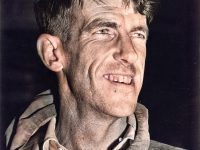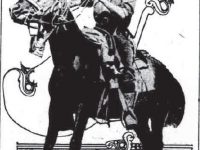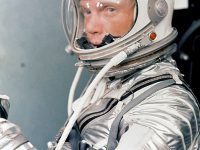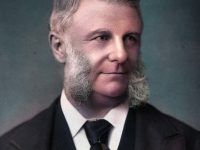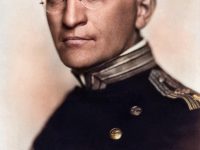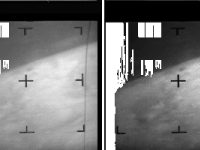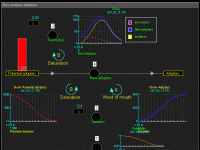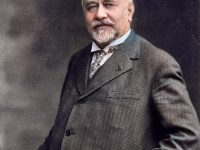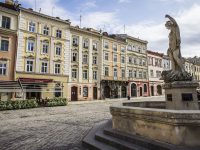Sir Edmund Hillary – Mountaineer, Explorer and Philanthropist
On July 20, 1919, New Zealand mountaineer, explorer, and philanthropist Sir Edmund Percival “Ed” Hillary was born. Hillary and Nepalese Sherpa mountaineer Tenzing Norgay became the first climbers confirmed to have reached the summit of Mount Everest. As part of the Commonwealth Trans-Antarctic Expedition he reached the South Pole overland in 1958. He subsequently reached the North Pole, making him the first person to reach both poles and summit Everest. Following his…
Read more

